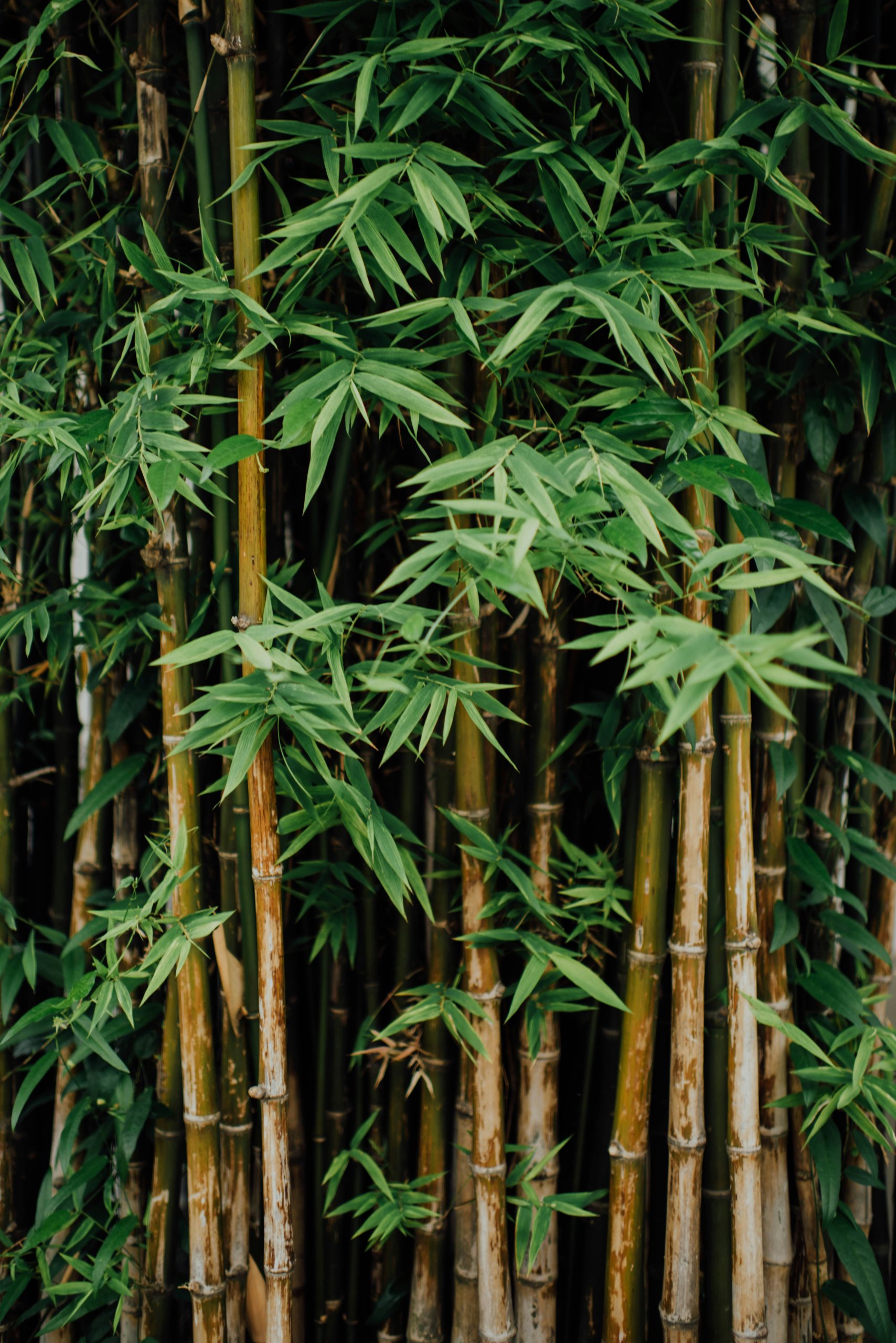Bamboo is often marketed as a fast-growing, attractive plant for screening. However, when planted near boundaries it can spread aggressively, with rhizomes pushing into neighbouring land. That spread can lead to disputes where bamboo planted by one landowner begins to invade or cause damage on another’s land. That was the position Edward Swain found at his property: bamboo had crossed the boundary at ground level from a neighbour’s garden and had started to reach the foundations of his house.
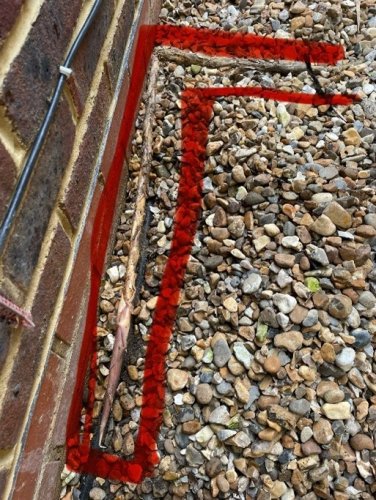
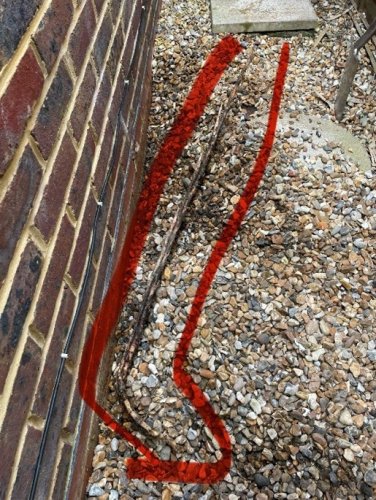
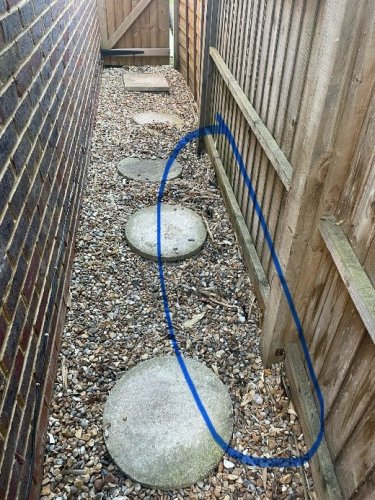
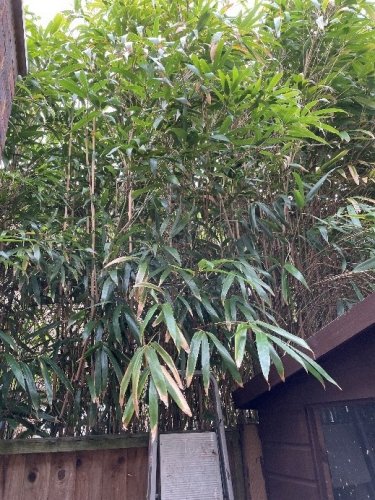
Bamboo is a hardy grass rather than a tree but it shares many characteristics with invasive species. Certain “running” varieties of bamboo can spread several metres underground in a single growing season. The roots are extremely strong and have been known to push through patios, drains and even house foundations if left unchecked and there are gaps in the masonry. Once established, removal can be costly and time-consuming, often requiring excavation and specialist herbicide treatment.
The problems caused by bamboo have attracted wider media attention. For example, The Telegraph has reported cases where bamboo spread into homes, damaging walls and underground services. Such coverage has brought bamboo closer to the public consciousness in the same way Japanese knotweed is a household name.
The Law of Private Nuisance
Where bamboo spreads from one property to another, the affected neighbour may have a claim in private nuisance. Private nuisance is usually caused by a person doing something on their own land which they are entitled to do, such as planting bamboo, but which wrongfully interferes with the ordinary use and enjoyment of neighbouring land. A private nuisance will arise where:
- There is an interference with the claimant’s use or enjoyment of land;
- The interference is substantial and unreasonable in the circumstances; and
- The defendant is responsible for the activity whether by positive action (for example, by planting the bamboo) or inaction (such as failing to control it).
Recent case law on invasive species (notably around Japanese knotweed) provides useful analogies. For example, in Williams v Network Rail Infrastructure Ltd [2018] EWCA Civ 1514, the Court of Appeal confirmed that the encroachment of knotweed rhizomes could constitute a nuisance even without structural damage, because of the impact on amenity. The same reasoning could apply to bamboo.
The primary remedy for a claimant who has demonstrated that it has been affected by private nuisance is an injunction requiring the defendant to stop the nuisance from continuing.
Damages are aften also awarded to compensate the claimant for the period before the injunction is obtained and in some instances will be awarded instead of an injunction. The aim of damages awarded will be to put the claimant into the position they would have been in had there not been nuisance. Where there is physical damage this will be the costs incurred in making the damage good. Where making good is not possible the damages will be any loss in value of the land.
Where there is nuisance because of the impact on amenity rather than because of physical damage, damages will usually be any loss in value of the land. In many cases there is no such loss because the nuisance has been stopped, in which damages will usually be awarded for the period of the nuisance.
Resolution by Agreement
In Edward’s case an agreement with the neighbour was reached and the bamboo was removed, boundary responsibilities clarified and a remediation plan put in place. This reflects the practical reality: whilst the courts can provide a remedy, current court delays and the high cost of litigation mean that resolving disputes through private treaty and agreement is often the most efficient and cost-effective outcome.
Bamboo vs. Japanese Knotweed
It is important to note that bamboo is not classed as an invasive non-native species under the Wildlife and Countryside Act 1981, unlike Japanese knotweed. This means there is no statutory prohibition on planting or requirements for disposal. That said, lenders, buyers and insurers may increasingly treat bamboo in a similar way due to its invasive qualities.
Caveat Emptor – Buyer Beware
The principle of caveat emptor (buyer beware) applies in property transactions. A buyer takes the property as they find it, subject to certain exceptions. Where bamboo is present (or suspected), prudent buyers and their advisers should consider:
- Raising specific enquiries with a seller about bamboo and other invasive plants;
- Commissioning a survey that considers Japanese knotweed and bamboo;
- Negotiating contractual protections or retention provisions where risk is identified.
As awareness of bamboo grows, it is likely we will see it feature more frequently in pre-contract enquiries and in disputes between neighbours and land owners.
Conclusion
Bamboo highlights a wider lesson for landowners, buyers and developers. Planting decisions can have long-term legal and financial consequences. While not subject to statutory controls like knotweed, bamboo can still give rise to private nuisance claims and complicate property transactions. Awareness, early advice and pragmatic resolution remain the best tools for managing the risk.



